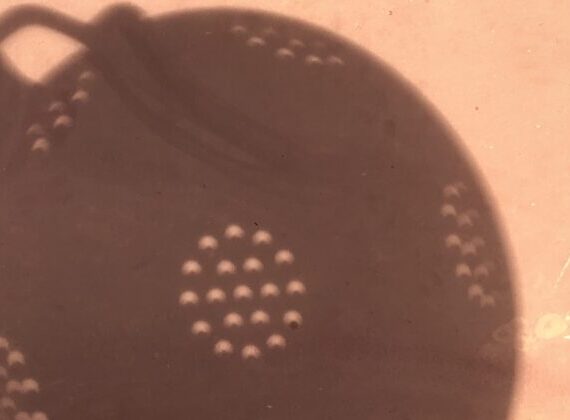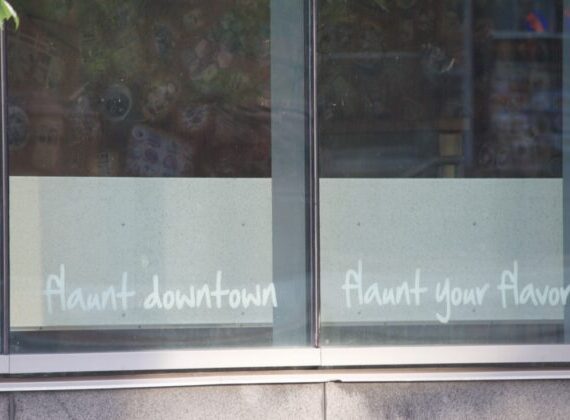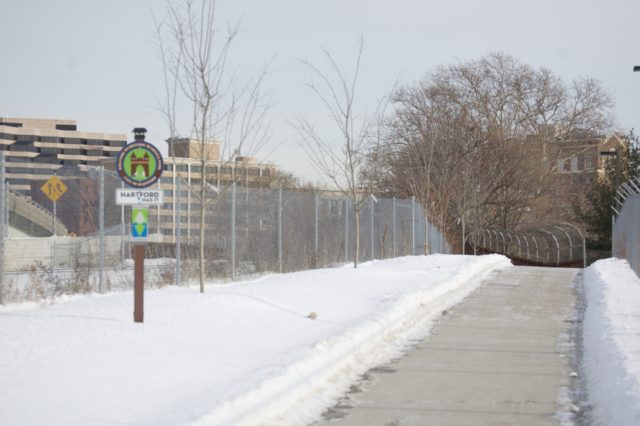
Compared with other aspects of the Plan of Conservation and Development (POCD)¹, there were dismally few aspirations expressed for Hartford’s parks in 2010.
What a missed opportunity!
The Botanical Garden and Conservatory, planned for “the westernmost 18.5 acres” of Colt Park was given a mention, but the wording just described it as planned and in “Phase II of the Master Plan.” It is unknown if anything has happened with that plan since 2007. It’s also not clear if this were a goal of the POCD, or just some factoid to include in the document.
The POCD also gives recognition to “the aspiration of Vintage baseball to establish a more substantial and permanent location in the Colt Park area. […] The Plan cites Vintage baseball’s potential to be a driver of economic development spawning industries involved in uniform production, period architecture and entertainment.” It looks like the last Vintage Base Ball game was played there in 2014.
There were more projects planned for Keney Park: “improvement to the playing fields, refurbishing of carriage roads, installation of guide rails and construction of a pavilion.” The old carriage roads are mostly reclaimed by nature, but other park roads have been given some attention. There is a pavilion by the pond. It’s lovely.
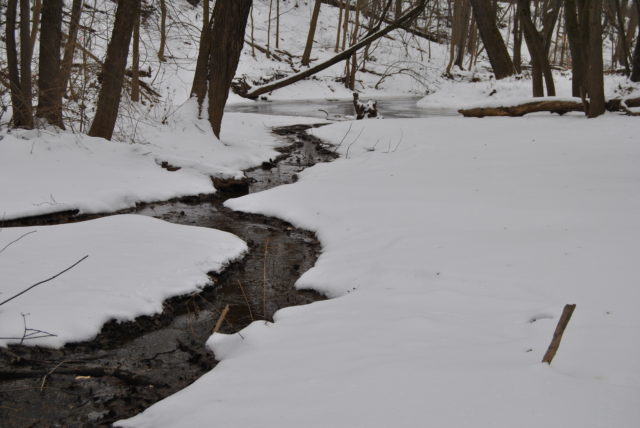
Both Colt and Keney Park have ongoing issues with litter and illegal dumping; these problems existed in 2010 and were glossed over in the POCD. It is too easy in all of Hartford’s parks for people to drive over lawns. On a recent morning I watched as someone drove his car across the lawn in Keney Park to go from a parking lot to the park road; of course, he then drove the wrong way on that one-way road. We could spend time on prevention, or continue to spend money on the other side — cleaning up after. Bushnell Park still has ruts in the lawn from last July, though when this was reported, a City employee assured me that it was fixed. The City Plans — perhaps for posterity — trend toward glowing descriptions of Hartford, or dodging through euphemisms. When nobody can talk about the issues, they are easily swept away.
One item given clear language was the recommendation to “create an on-road bicycle network that will link important destinations.” The latest iteration of this bike plan was finally submitted in mid-February 2019, despite being in some form since the mid-1990s.
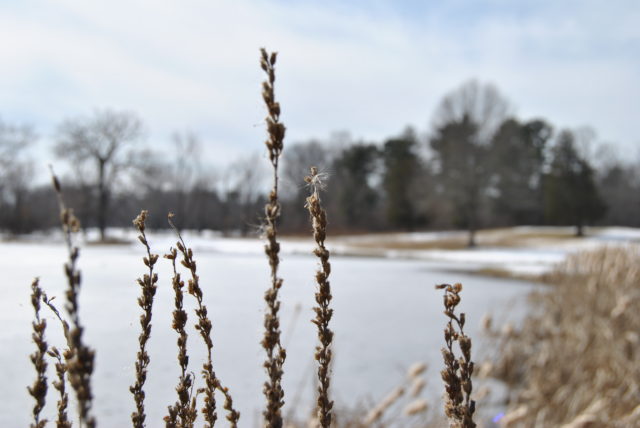
POCD recommended the completion of the East Coast Greenway through Central Connecticut. The on-road portion of this route, by the way, is supposed to be temporary. The signs have been up through Hartford for a few years, long enough for several to get tagged over. The segment of the ECG that goes through Bushnell Park, behind the Armory, has been cordoned off with fences at various times — posing danger to those riding the path and interrupting what is essentially a commuter path from Frog Hollow to Union Station. But sure, technically, we may have achieved this part of the plan.
One way to remove teeth from a plan is to use esoteric and vague language.
There was a push for continuing local trail development. The path along the South Branch of the Park River has been slow going. The North Branch has had no progress. Fallen trees block much of the foot path that was in place along the North Branch.
Then, there are a number of recommendations that have had mixed results: invest in pedestrian safety improvements, including sidewalks; create regional standards for bicycle and pedestrian design; educate bicyclists, pedestrians and motorists; encourage bicycling and walking; provide targeted enforcement of traffic violations. I’ll be exploring this more in the Transportation & Circulation segment, but it is enough to say that there have been gains and losses in these areas. Language such as this might provide a clue as to why: “Although the park roads are open to automobiles, they still provide walking, biking and jogging opportunities.”
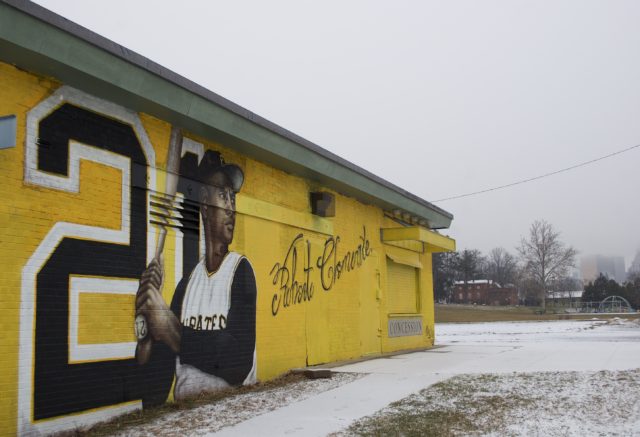
The abuse endured by the Park River is described, with even a tiny nod to the truth: “Although one third of the Park River has been buried for flood control, and a convenient passage for I-84, the North and South Branches of the Park River, which still flow through six city neighborhoods are surrounded by open space managed by the Hartford Flood Commission.” Despite the iQuilt’s push for daylighting a portion of the Park River around the same time as the POCD was being developed, its unearthing is nowhere named as a goal by the City of Hartford.
As with each POCD topic, the Parks section listed goals ranging from forming a “Blue Ribbon Commission” to reviewing the “availability of neighborhood parks in all neighborhoods” to linking “open spaces to provide safe pedestrian walking & bike paths.” A “Green Ribbon Task Force” formed in 2010. It does not look like anything has happened with that since 2011.
What has been clear is that over the last decade, Friends groups have had to take larger roles in maintaining cleanliness of parks because Hartford’s budget collapsed in on itself.
The second tier of goals included “repair and replace deteriorated infrastructure at parks such as sidewalks, benches, restrooms, fences, signage, softscaping and hardscaping, and park roads.” The roads and signs have received the most attention, by far. The sidewalk in Bushnell Park is rough, especially near Corning Fountain. Playgrounds have been replaced all over the city. Restrooms continue to be neglected, except in cases of buildings that are open for other use, such as the Tavern in Keney Park and the new addition to Bushnell Park’s carousel. Hartford’s answer has been to use portajohns, which are frequently tipped over and/or set on fire. Some new benches have appeared. Again, another mixed bag.
The third tier of goals include developing “clear standards for commercial uses and activities in City Parks,” which sounds like it was responding to something very specific, but worded too vague to be useful. Another goal was to “provide safe pedestrian walking and bicycle paths between parks and schools and to the public transportation system.” I don’t even need to leave my own neighborhood to see where this has failed. There has been no traffic calming on Russ Street, between Pope Park North and the Burns School. Correction: a grassroots attempt had fantastic results for a time until the City decided that a safety improvement was dangerous, or something, and removed it. . . and issued threats to arrest individuals who simply got tired of waiting around for bureaucrats to care about a neglected neighborhood.
The POCD set a goal of promoting recreation programs in community facilities. Specifically, they were to invest in park website improvements during 2010-2013. Today, I rarely know what is happening at the Pope Park Rec Center without actually going inside the building. Action on this goal was to be led by the Mayor’s office, with support from DPW. The only information the routinely gets spread around has been due to the volunteer efforts of A View from the Parks and that which comes through Riverfront Recapture, which is a a private non-profit.
The last goal in this set worth mentioning is the very worthy one of emphasizing “the value of urban forestry and tree programs to improve the City’s appearance.” As Gloria Steinem said, “We can tell our values by looking at our checkbook stubs.” We have one forester on the City of Hartford payroll, and as competent and amazing as she might be, we need more resources in this area. Just as we can choose to spend the time and money on preventing illegal dumping and preventing people from mangling our park lawns with cars, we can do much to reduce asthma rates by having a healthy urban forest.
(Not to worry, the 2014 Capital City Parks Master Plan devised another set of goals for the ten years out from its creation, in which it determined that there was “no need for additional recreation amenities” and “no need for additional maintained park space.” At the same time, this plan indicated that “A specialized amenity gap in Hartford is a dog park. Hartford currently has no dog parks, but national standards would suggest several for a city of Hartford’s population. Public feedback has indicated demand for a new dog park in the area, especially in and around downtown. Thirty-three percent of survey takers say that they visit parks to walk their dogs. […] Parks that could be options for a dog park addition include Keney, Pope West, Pope – Bankside Grove, Turning Point, or Porter.” The POCD suggested that in the West End there be exploration of “the creation of a dog park at an appropriate location.” Inquiries to the City of Hartford in 2017 resulted in being pointed to Buckingham Square, Porter, and Charter Oak Landing. Unless there is something I have overlooked, neither the POCD or Capital City Parks Master Plan called for the construction of a baseball stadium or renovation of Dillon Stadium. So, in 2019 we have a finished baseball stadium, a soccer stadium that is under reconstruction, and no dog parks. )
Want to help shape the next Plan of Conservation and Development? Take the survey. There are plenty of “other” spaces where you can fill them in on the areas that have been overlooked.
¹This link was not broken during the drafting of this piece in March 2019. At time of publication, none of the section links were working — only the one for the massive document.
